Home>diy>Building & Construction>What Is A PCI In Construction
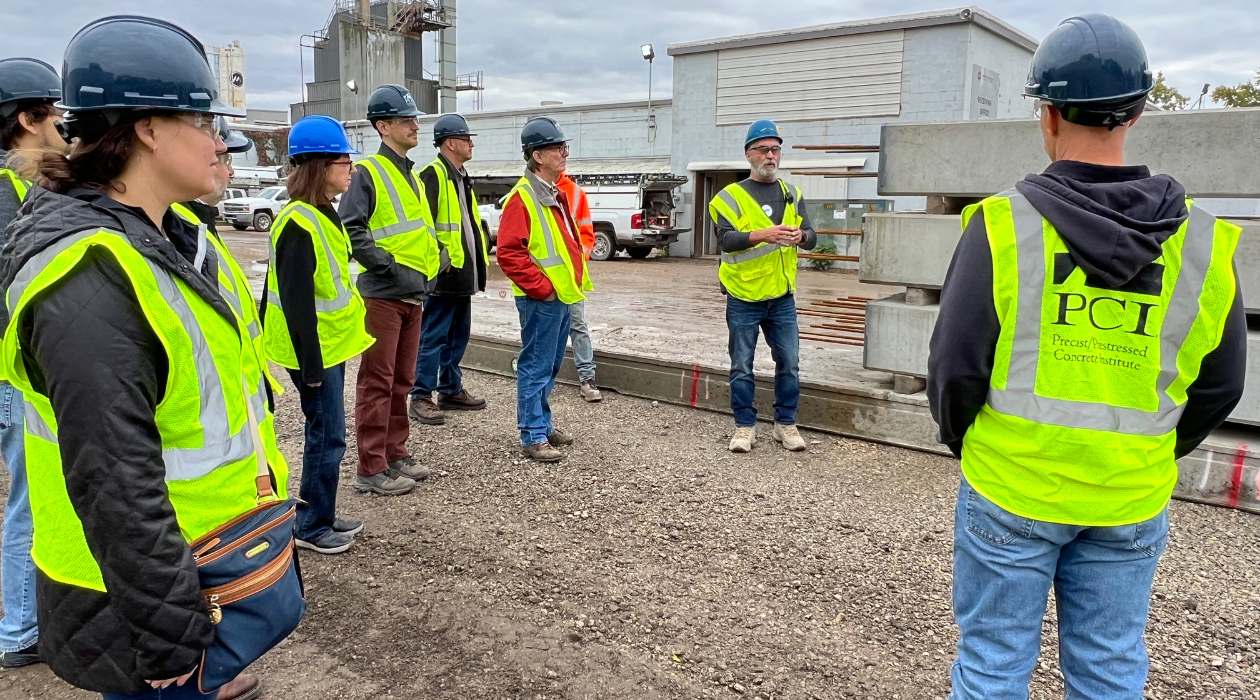

Building & Construction
What Is A PCI In Construction
Modified: December 7, 2023
Learn all about PCI in construction, a vital component of building construction. Understand how it ensures the durability and safety of structures.
(Many of the links in this article redirect to a specific reviewed product. Your purchase of these products through affiliate links helps to generate commission for Storables.com, at no extra cost. Learn more)
Introduction
Construction is a complex and constantly evolving industry. With various stakeholders, intricate processes, and potential risks, it is crucial to ensure safety, efficiency, and quality at every stage of a construction project. This is where Pre-Construction Information (PCI) comes into play.
PCI refers to the collection, organization, and communication of essential information before the start of a construction project. It serves as a valuable tool for project planning, risk assessment, and decision-making. From site conditions to design specifications, PCI encompasses a wide range of data that helps stakeholders make informed and strategic choices.
In this article, we will explore the concept of PCI in construction, its purpose, types, benefits, challenges, and best practices for successful implementation. Whether you’re a construction professional, project manager, or simply curious about the construction industry, understanding PCI can significantly enhance your knowledge and contribute to successful project outcomes.
Key Takeaways:
- Pre-Construction Information (PCI) is a dynamic process that provides stakeholders with comprehensive data, enabling accurate project planning, effective risk management, improved decision-making, and regulatory compliance in construction projects.
- Implementing PCI in construction projects offers significant benefits, including cost and time savings, enhanced communication, and collaboration, and improved project outcomes. Overcoming challenges through best practices ensures successful PCI integration.
Read more: What Is Construction
Definition of PCI
Pre-Construction Information (PCI) in the construction industry refers to the comprehensive collection, organization, and communication of relevant data and documentation before the commencement of a construction project. It encompasses crucial details about the site, existing structures, design specifications, regulatory requirements, and potential hazards. PCI acts as a foundation for effective project planning, risk assessment, and decision-making.
PCI serves as a centralized repository of information that enables stakeholders, including architects, engineers, contractors, and project managers, to have a clear understanding of the project’s scope, constraints, and requirements. This information includes environmental assessments, surveys, geotechnical reports, utility maps, design documents, and health and safety considerations. By having access to this complete and accurate information, stakeholders can develop effective strategies, allocate resources efficiently, mitigate risks, and meet project objectives.
It is important to note that PCI is not a static document but a dynamic process. It requires regular updates and revisions as the project progresses and new information becomes available. It acts as the backbone of effective collaboration and communication among all project participants, ensuring that everyone is on the same page and working towards a common goal.
Purpose of PCI in Construction
Pre-Construction Information (PCI) plays a vital role in ensuring the success and sustainability of construction projects. Its purpose is multi-fold, with several key objectives:
- Project Planning: PCI serves as a foundation for effective project planning. It provides stakeholders with essential information about the site, existing structures, and design specifications. This allows them to assess the feasibility of the project, identify potential risks and challenges, and develop appropriate strategies to overcome them. By having a clear understanding of the project requirements from the outset, stakeholders can create a realistic timeline, allocate resources efficiently, and set achievable goals.
- Risk Assessment: A thorough analysis of potential risks and hazards is crucial in construction projects. PCI facilitates this by providing information about environmental factors, geotechnical conditions, and health and safety considerations. With this information at hand, stakeholders can identify and mitigate risks early on, implement appropriate safety measures, and ensure a secure working environment for all personnel involved. This helps minimize accidents, delays, and costly rework in the later stages of the project.
- Compliance with Regulations: Construction projects must adhere to various regulatory requirements and standards. PCI ensures that all stakeholders are aware of these regulations and that the necessary permits and approvals are obtained. It includes information about building codes, environmental regulations, zoning restrictions, and any other legal considerations. By proactively addressing these requirements, construction projects can proceed smoothly without the risk of non-compliance penalties or delays.
- Communication and Collaboration: PCI acts as a central repository of information that facilitates effective communication and collaboration among project stakeholders. It ensures that everyone involved has access to the same up-to-date and accurate information, eliminating misunderstandings and potential conflicts. By promoting transparency and shared knowledge, PCI improves coordination, streamlines decision-making processes, and fosters a collaborative working environment.
- Cost and Time Management: Construction projects are often bound by strict budgets and timelines. PCI helps stakeholders effectively manage costs and time by providing detailed information about material requirements, construction methodologies, and project schedules. With this information, stakeholders can make informed decisions regarding resource allocation, procurement, and scheduling, optimizing efficiency and minimizing delays and cost overruns.
In summary, the purpose of PCI in construction is to provide stakeholders with comprehensive and accurate information to plan, assess risks, ensure compliance, facilitate communication, and manage costs and timelines. By leveraging PCI effectively, construction projects can achieve their objectives while ensuring safety, efficiency, and quality throughout the process.
Types of PCI in Construction
Pre-Construction Information (PCI) in construction can be categorized into several types. These types of PCI provide different perspectives and insights into the project, ensuring that stakeholders have a holistic understanding of the construction endeavor. Here are some common types of PCI:
- Site Information: This type of PCI focuses on gathering data about the construction site. It includes topographic surveys, soil analysis, geotechnical reports, and information about any existing structures or infrastructure. Site information helps stakeholders assess the site’s suitability for construction, identify potential challenges or risks, and plan the project accordingly.
- Design Specifications: Design specifications PCI provides detailed information about the architectural and engineering aspects of the project. It includes architectural drawings, structural calculations, mechanical and electrical plans, and other design-related documentation. Design specifications PCI ensures that all stakeholders have a clear understanding of the project’s design intent, enabling them to make informed decisions and carry out their respective tasks accurately.
- Health and Safety Documentation: This type of PCI focuses on health and safety considerations within the construction project. It includes risk assessments, method statements, safety plans, and any documentation related to hazard identification, prevention, and control. Health and safety documentation PCI ensures that all stakeholders are aware of potential risks, the necessary precautions to be taken, and the protocols to follow to maintain a safe working environment.
- Material and Equipment Information: Material and equipment information PCI involves gathering data about the materials, products, and equipment to be used in the project. It includes specifications, manufacturers’ details, testing reports, and certificates of conformity. This type of PCI helps ensure that the construction project meets the required standards and that the specified materials and equipment are of the necessary quality.
- Regulatory and Permitting Information: Construction projects must comply with various regulations and obtain the necessary permits and approvals. Regulatory and permitting information PCI includes documentation related to building permits, environmental impact assessments, zoning restrictions, noise permits, and any other legal requirements. This type of PCI ensures that all necessary authorizations are obtained, minimizing the risk of non-compliance and potential project delays.
These are just a few examples of the types of PCI commonly utilized in construction projects. The specific types of PCI required for a project may vary depending on its nature, size, and location. It is important for stakeholders to identify the relevant types of PCI for their projects and ensure that all necessary information is collected, organized, and communicated effectively to drive successful construction outcomes.
When working in construction, it’s important to understand that PCI stands for “precast concrete installation.” This refers to the process of installing precast concrete elements, such as walls, beams, and columns, which are manufactured off-site and then transported to the construction site for assembly. Understanding the PCI process can help ensure efficient and successful construction projects.
Benefits of Implementing PCI in Construction
Implementing Pre-Construction Information (PCI) in construction projects offers a wide range of benefits for all stakeholders involved. From improved project planning to enhanced communication and risk mitigation, here are some key advantages of implementing PCI:
- Accurate Project Planning: PCI provides stakeholders with comprehensive and accurate information about the project’s scope, requirements, and constraints. This enables them to develop realistic project plans, set achievable goals, and allocate resources effectively. With a solid foundation of PCI, stakeholders can establish timelines, identify critical milestones, and coordinate activities efficiently, resulting in better project outcomes.
- Effective Risk Management: Construction projects are subject to various risks, including safety hazards, regulatory non-compliance, and unforeseen technical challenges. PCI helps stakeholders identify and mitigate these risks early on by providing access to critical information. Through detailed risk assessments and preventive measures outlined in PCI, stakeholders can implement appropriate safety protocols, initiate contingency plans, and minimize the likelihood and impact of potential risks.
- Enhanced Decision-Making: PCI equips stakeholders with the necessary data and insights to make informed decisions throughout the project lifecycle. Whether it’s selecting the most suitable construction methods, choosing materials and equipment, or addressing design challenges, PCI ensures that decisions are grounded in accurate information. This improves the efficiency and effectiveness of decision-making, reducing the likelihood of errors, rework, and unnecessary costs.
- Improved Communication and Collaboration: Construction projects involve multiple stakeholders, each with their own roles and responsibilities. PCI acts as a centralized repository of information, ensuring that all parties have access to the same up-to-date data. This promotes effective communication, coordination, and collaboration among project participants, reducing misunderstandings, conflicts, and delays. By fostering a collaborative environment, PCI enhances productivity, accelerates decision-making, and streamlines project progress.
- Regulatory Compliance: Implementing PCI ensures that construction projects adhere to relevant regulatory requirements and obtain the necessary permits and approvals. By incorporating information about building codes, environmental regulations, zoning restrictions, and safety standards, stakeholders can proactively address legal obligations. This reduces the risk of non-compliance penalties, project delays, and potential legal disputes, contributing to smoother project execution.
- Cost and Time Savings: Through the implementation of PCI, stakeholders can optimize resource allocation, streamline processes, and minimize waste. Accurate information about material requirements, construction methodologies, and project schedules allows for better cost estimations and efficient use of resources. Additionally, proactive risk management and improved decision-making help minimize project delays, rework, and associated costs, resulting in overall cost and time savings for construction projects.
These benefits highlight the significance of implementing PCI in construction projects. By leveraging the power of comprehensive information, construction stakeholders can enhance project planning, mitigate risks, improve decision-making, foster collaboration, ensure compliance, and achieve cost and time efficiencies. Ultimately, the implementation of PCI contributes to the success and sustainability of construction endeavors.
Read more: What Is OCIP In Construction
Challenges in Implementing PCI in Construction
While Pre-Construction Information (PCI) offers numerous benefits, its successful implementation in construction projects is not without challenges. These challenges can pose hurdles and require careful consideration and proactive measures. Here are some common challenges in implementing PCI in construction:
- Data Collection and Validation: Gathering accurate and up-to-date information for PCI can be a time-consuming and complex process. It requires coordination with various stakeholders, including architects, engineers, consultants, and regulatory bodies. Additionally, validating the collected data to ensure its accuracy and reliability is essential. This challenge can be addressed by establishing effective data collection protocols, leveraging technology for data retrieval, and implementing quality control measures.
- Information Fragmentation: Construction projects involve numerous documents, reports, and drawings generated by different parties throughout the project lifecycle. Ensuring that all relevant information is collected, organized, and communicated effectively can be challenging. The fragmentation of information can lead to misunderstandings, inconsistencies, and delays. Implementing a centralized document management system and establishing clear communication channels among stakeholders can help address this challenge.
- Resistance to Change: Introducing PCI and implementing new processes and technologies may face resistance from stakeholders who are accustomed to traditional methods of project execution. Overcoming this challenge requires effective change management strategies, such as providing training and education, demonstrating the benefits of PCI, and fostering a culture of collaboration and continuous improvement. Engaging stakeholders early on in the process and addressing their concerns can help build acceptance and support for PCI implementation.
- Coordination and Communication: Construction projects involve multiple stakeholders with diverse backgrounds and areas of expertise. Ensuring effective coordination and communication among these stakeholders can be challenging, particularly when different parties use different terminology or have conflicting interests. Implementing clear communication channels, establishing regular project meetings, and facilitating collaboration through technology platforms can help overcome coordination and communication challenges.
- Updating and Maintenance: PCI is not a static document but a dynamic process that requires regular updates and maintenance throughout the project lifecycle. Managing and tracking changes, ensuring that all stakeholders have access to the latest information, and keeping the documentation up to date can be a challenge. Utilizing project management software, implementing version control mechanisms, and assigning responsibility for data updates can help address this challenge.
- Managing Complexity: Construction projects are inherently complex, involving various interrelated aspects such as design, engineering, procurement, and construction management. Coordinating and managing the complexities of different disciplines, integrating data from multiple sources, and ensuring consistency can be challenging. Employing skilled project managers, utilizing integrated project management software, and fostering effective collaboration among stakeholders can help navigate and mitigate complexity challenges.
By proactively acknowledging and addressing these challenges, construction stakeholders can successfully implement PCI and reap its benefits. Through careful planning, effective communication, and a focus on continuous improvement, these challenges can be overcome, enabling the seamless integration of PCI into construction projects.
Best Practices for Implementing PCI in Construction
Implementing Pre-Construction Information (PCI) in construction projects requires a systematic approach to ensure its successful integration. By following best practices, stakeholders can optimize the benefits of PCI and overcome potential challenges. Here are some key best practices for implementing PCI in construction:
- Start Early: Begin gathering PCI as early as possible in the project lifecycle. This allows stakeholders to proactively address potential risks, make informed decisions, and set realistic project goals.
- Establish Clear Goals: Clearly define the objectives and scope of the PCI implementation. Identify the specific types of PCI required for the project and determine the level of detail necessary for each type.
- Create a Centralized Repository: Implement a centralized repository or document management system to store and organize all PCI-related information. This ensures easy access, revision control, and seamless collaboration among stakeholders.
- Standardize Data Formats: Establish standardized data formats and templates for documenting and sharing PCI. This promotes consistency and improves compatibility between different stakeholders and tools.
- Ensure Accuracy and Quality: Validate and verify the accuracy and quality of the collected PCI. Implement quality control measures and regularly update the documentation to reflect the most current information throughout the project lifecycle.
- Facilitate Collaboration: Foster effective communication and collaboration among all project stakeholders. Encourage open dialogue, establish clear channels of communication, and provide platforms for sharing and exchanging PCI-related information.
- Train and Educate Stakeholders: Provide training and education to stakeholders on the importance and benefits of PCI. Ensure that all parties involved understand their roles, responsibilities, and the processes related to PCI implementation.
- Embrace Technology: Leverage technology tools and software to streamline the collection, organization, and communication of PCI. Utilize Building Information Modeling (BIM) and other digital solutions to enhance collaboration, coordination, and decision-making.
- Regularly Review and Update: Continuously review and update the PCI throughout the project lifecycle. Regularly assess the adequacy and accuracy of the information and make necessary revisions as new data becomes available.
- Ensure Compliance: Stay updated with relevant regulations and ensure that all PCI complies with legal requirements. Obtain necessary permits and approvals in a timely manner to prevent project delays and legal issues.
By implementing these best practices, construction stakeholders can optimize the implementation of PCI and unlock its full potential. Effective project planning, risk management, collaboration, and adherence to regulations are crucial for successful PCI integration. Embracing technology, fostering communication, and establishing standardized processes contribute to the seamless implementation and utilization of PCI in construction projects.
Conclusion
Pre-Construction Information (PCI) serves as a cornerstone in the construction industry, providing critical data, insights, and documentation before the start of a project. By collecting and disseminating relevant information, stakeholders can effectively plan, assess risks, make informed decisions, and ensure compliance throughout the construction process.
In this article, we have explored the various aspects of PCI, including its definition, purpose, types, benefits, challenges, and best practices for implementation. We have seen that PCI is a dynamic process that requires the coordination and collaboration of all project participants to achieve successful outcomes.
The benefits of implementing PCI in construction are significant. Accurate project planning, effective risk management, improved decision-making, enhanced communication and collaboration, regulatory compliance, and cost and time savings are just some of the advantages that PCI brings to construction projects.
However, implementing PCI is not without challenges. Data collection and validation, information fragmentation, resistance to change, coordination and communication, updating and maintenance, and managing complexity are some of the hurdles that need to be overcome. By following best practices, including starting early, establishing clear goals, creating a centralized repository, and embracing technology, these challenges can be addressed successfully.
In conclusion, integrating PCI into construction projects is essential for ensuring safety, efficiency, and quality. By leveraging comprehensive and accurate information, stakeholders can optimize project planning, mitigate risks, achieve regulatory compliance, and ultimately deliver successful construction projects.
As the construction industry continues to evolve, it is crucial for stakeholders to recognize the value of PCI and embrace its implementation. By doing so, we can improve project outcomes, minimize risks, and contribute to the growth and sustainability of the construction industry as a whole.
Frequently Asked Questions about What Is A PCI In Construction
Was this page helpful?
At Storables.com, we guarantee accurate and reliable information. Our content, validated by Expert Board Contributors, is crafted following stringent Editorial Policies. We're committed to providing you with well-researched, expert-backed insights for all your informational needs.
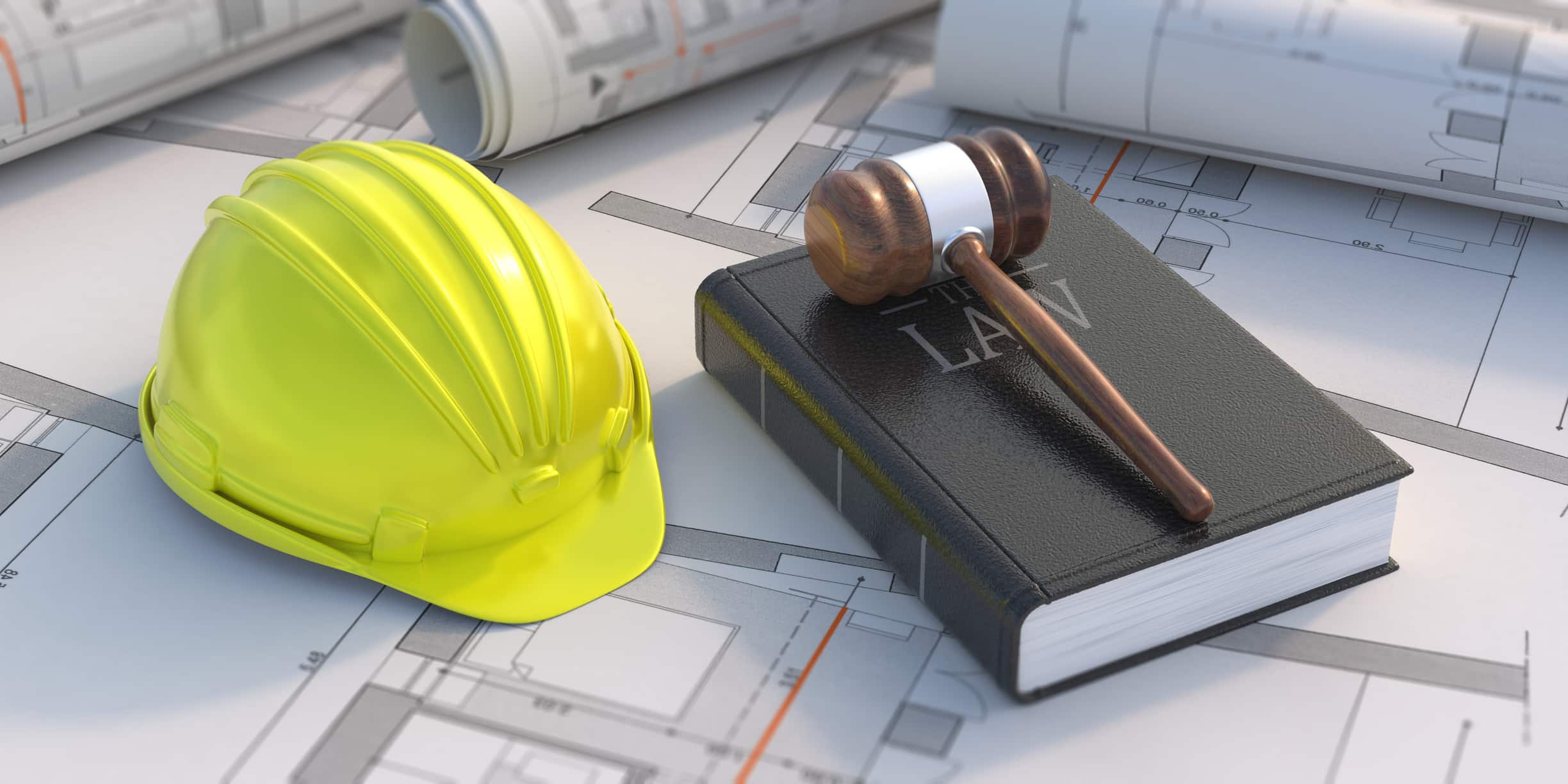



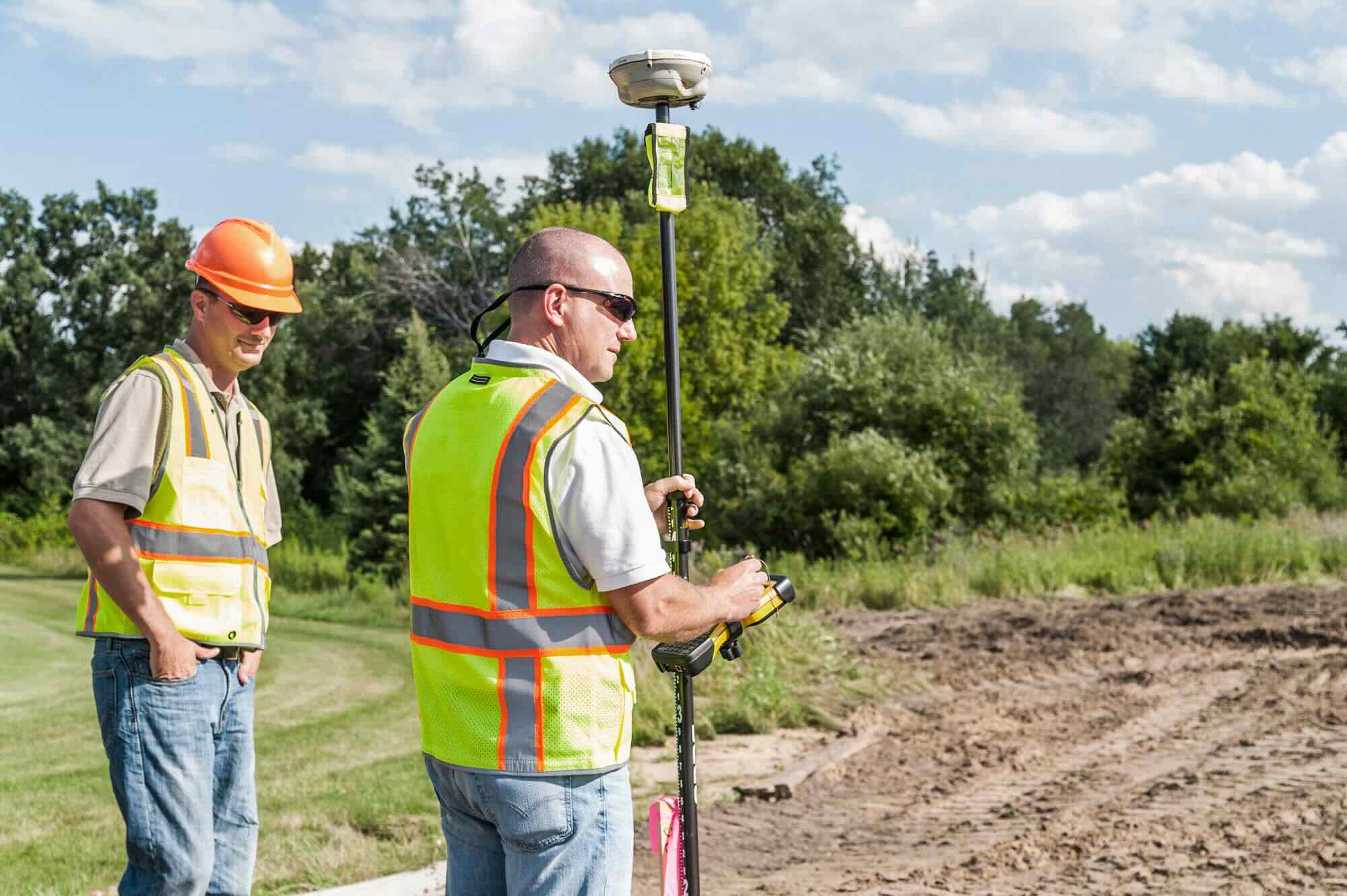



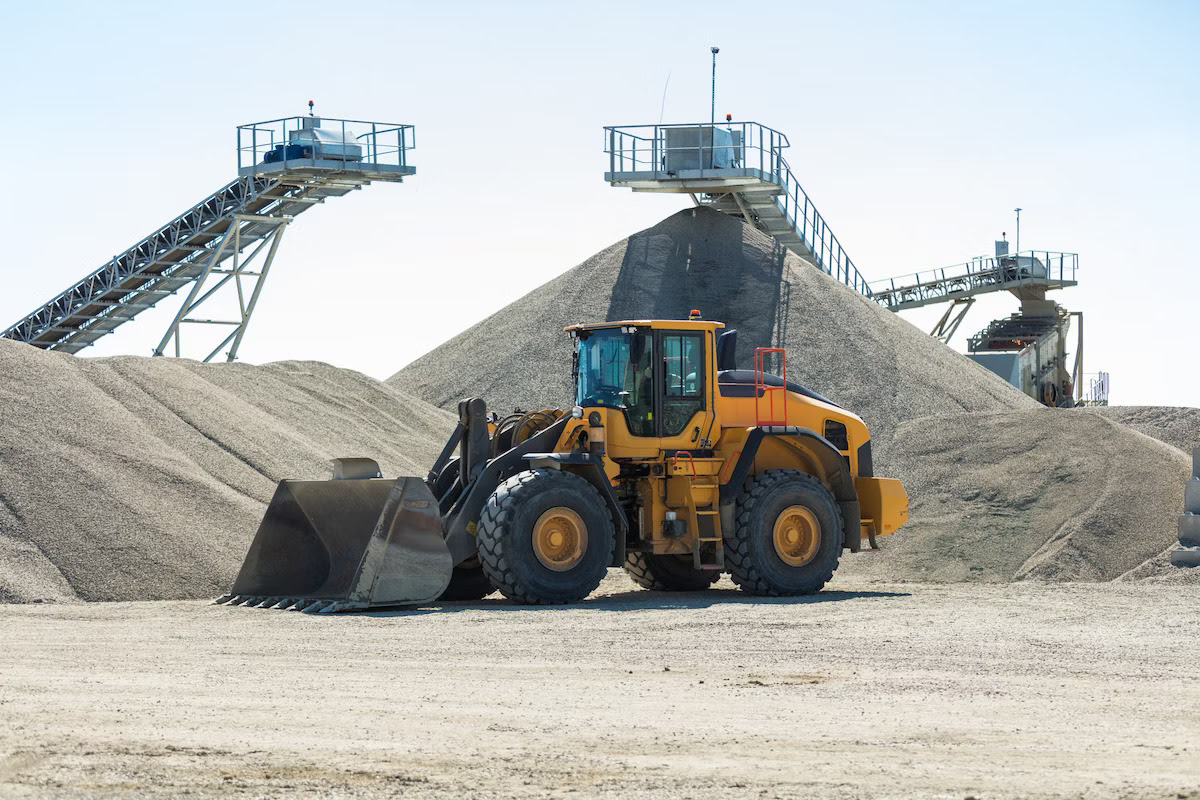
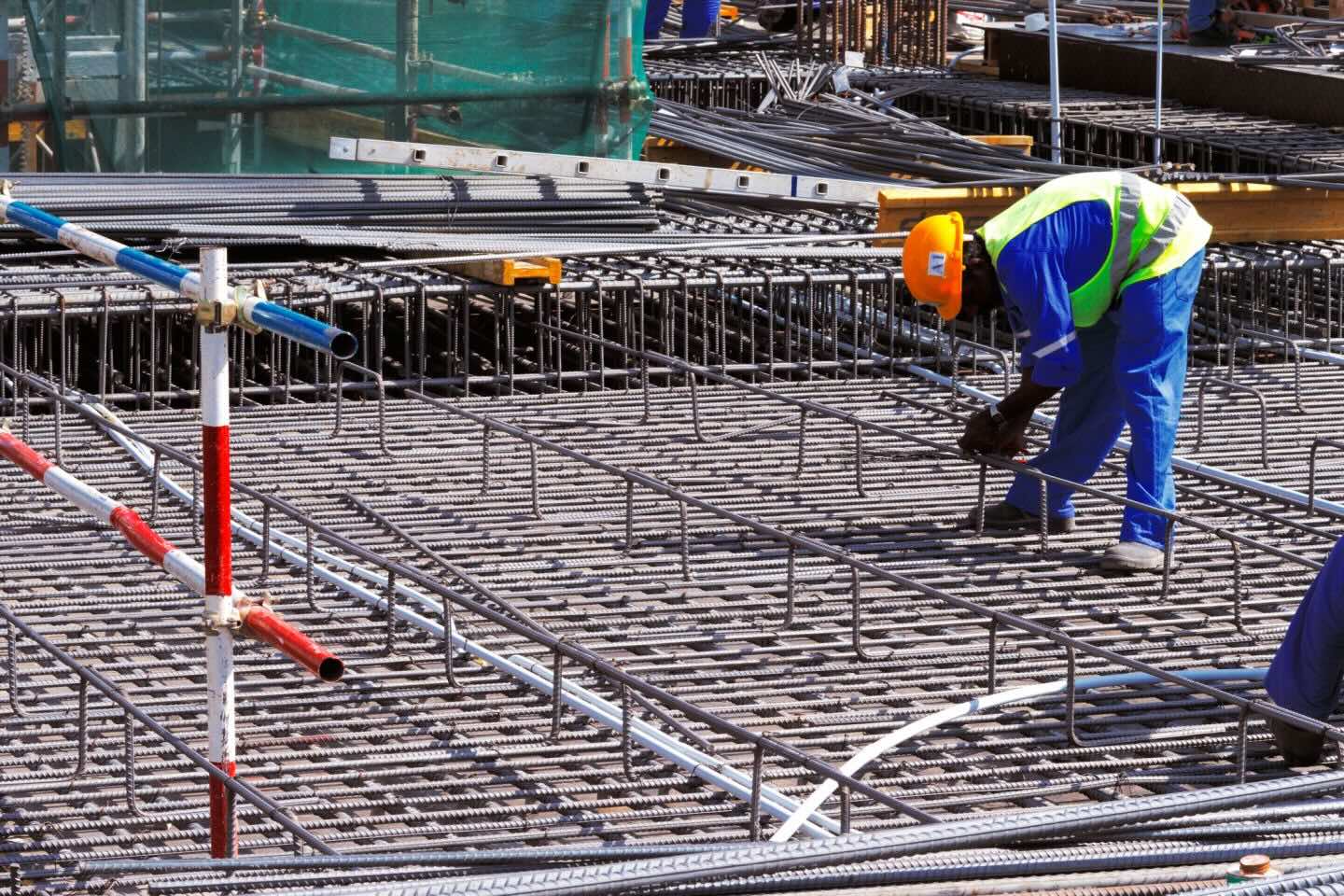
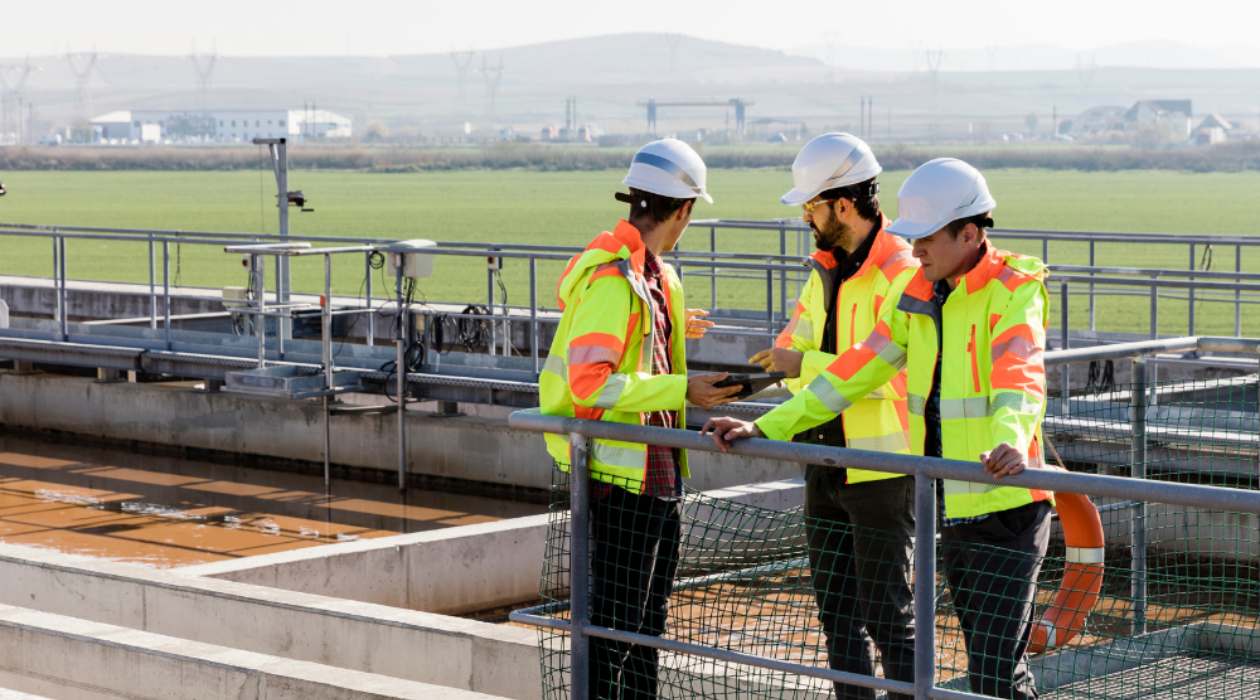




0 thoughts on “What Is A PCI In Construction”